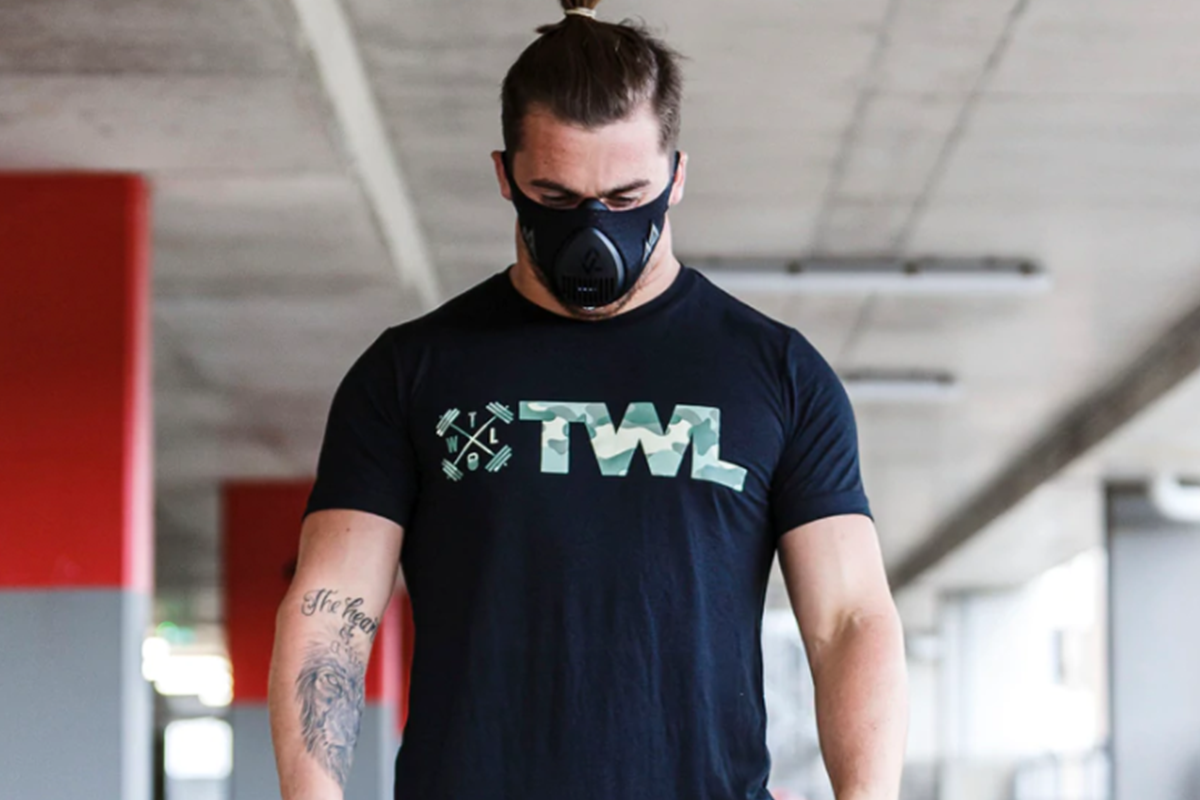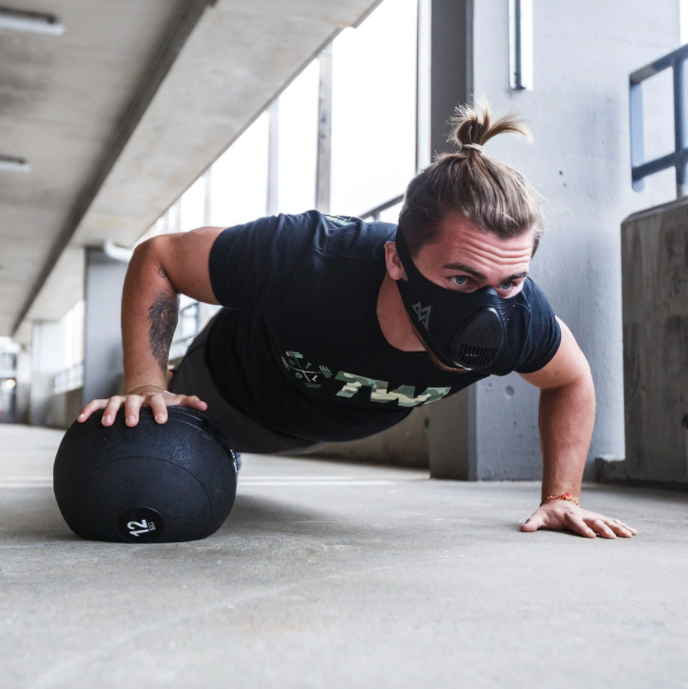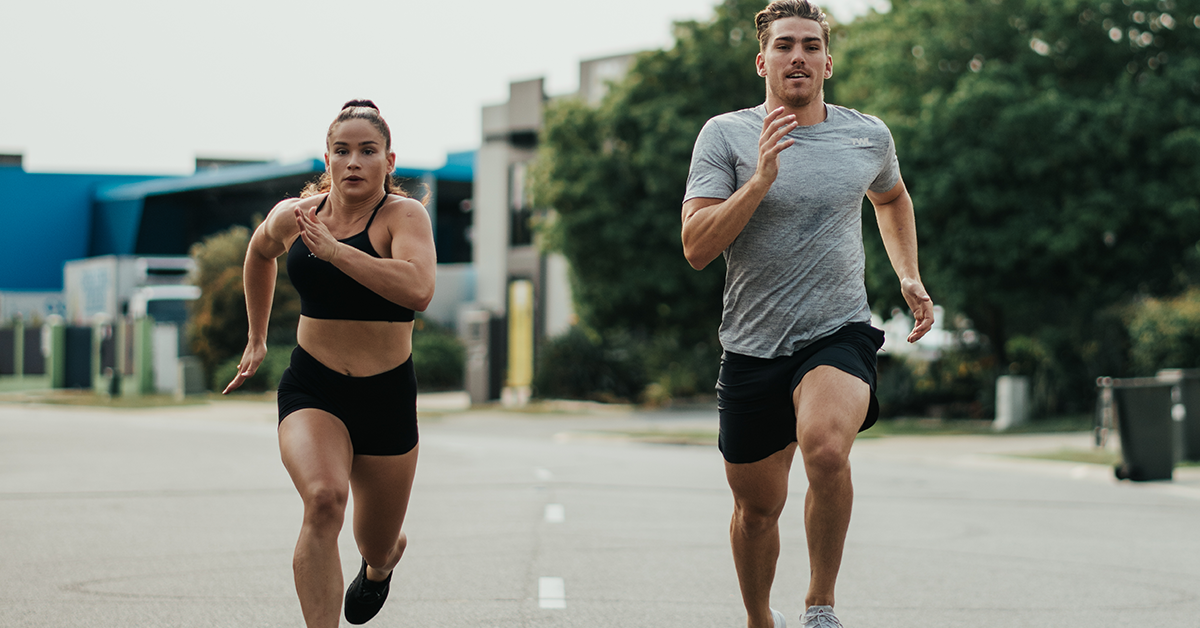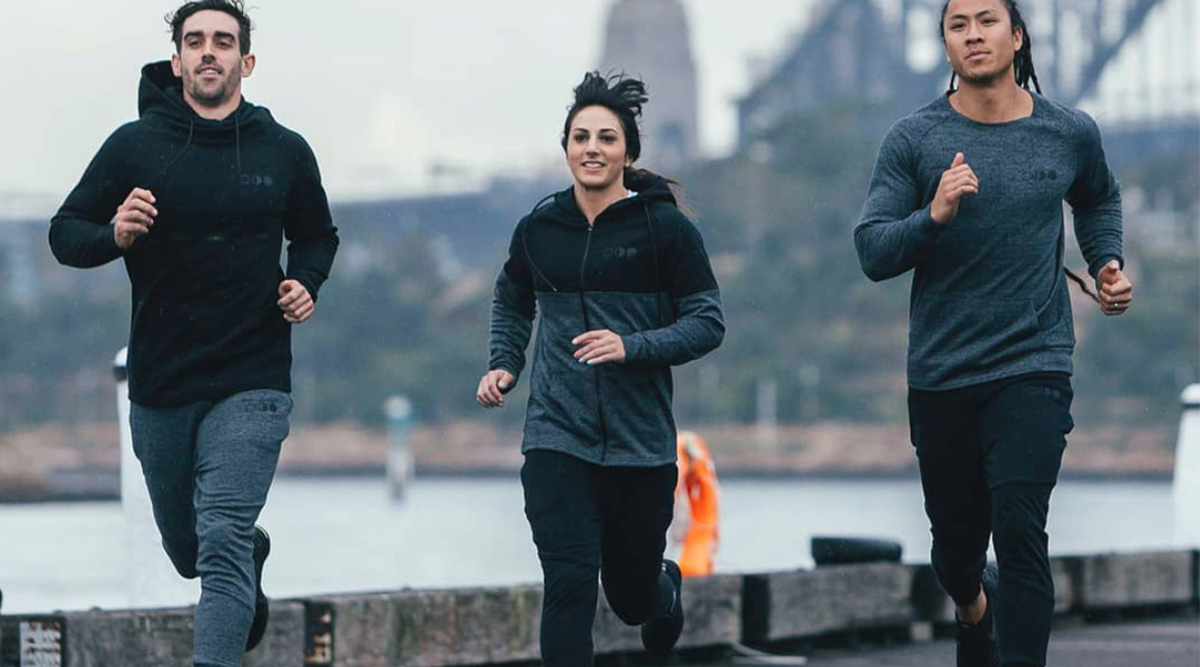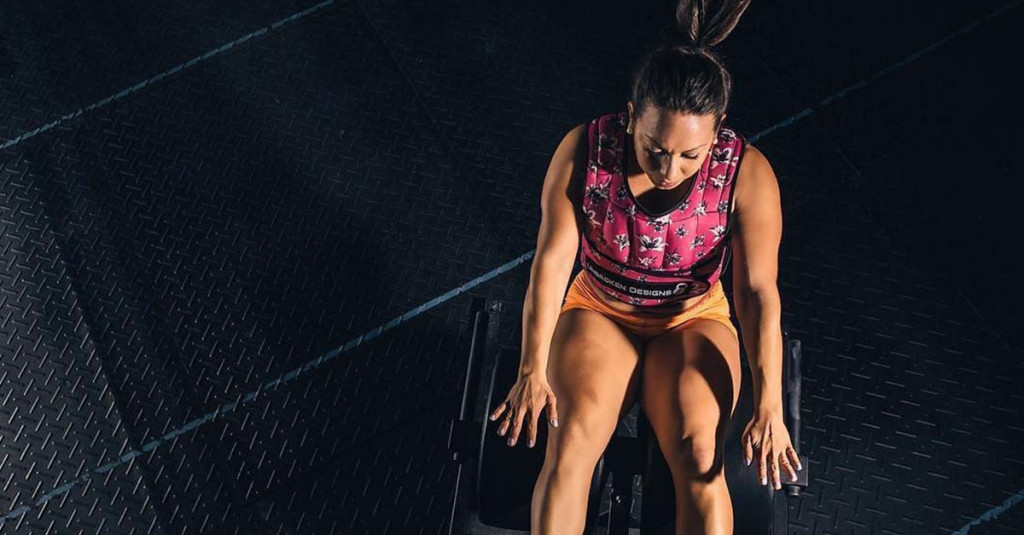Running is already hard, but believe it or not, there are people out there who like to make it even more challenging. Altitude masks for running stress your body in unique ways to ultimately improve your cardiovascular endurance.
Let’s get into all the nitty-gritty details.
Wait, What are Altitude Masks for Running, Anyway?
Great question! Let’s first back up and talk about what the air is like higher up.
As you go higher above sea level (like if you’re climbing a mountain or traveling to a location that’s higher in elevation), the air pressure drops. This happens because of gravity: The earth’s gravity is pulling air as close to the ground as possible. But also, as altitude increases, the density decreases. This means that the number of gas molecules in the air goes down. This is why we say that the air is “thin.”
At higher altitudes, the air gets thinner and less compressed, and thus, it’s harder to breathe. In fact, this is why mountain climbers have to ascend (and descend) mountains gradually. A sudden and significant change in elevation can actually be dangerous! (But you don’t have to worry about that with altitude masks for running. It’s not anywhere close to that extreme.)
Let’s keep going.
Let’s say you suddenly started training at a higher elevation — you would likely have a hard time. Maybe you’re moving slower and panting harder. You might notice that you fatigue faster and your heart is beating more quickly than it normally would be. That’s the change in altitude! However, over time, this would benefit your physical performance, because your body adapts to having to work harder.
What if you don’t live at a very high altitude, though, and still want to enjoy the benefits?
For those of us who are closer to sea level, there’s a way to “copy” the air higher up. Altitude masks — also called training masks or elevation training masks (ETMs) — simulate higher altitudes. 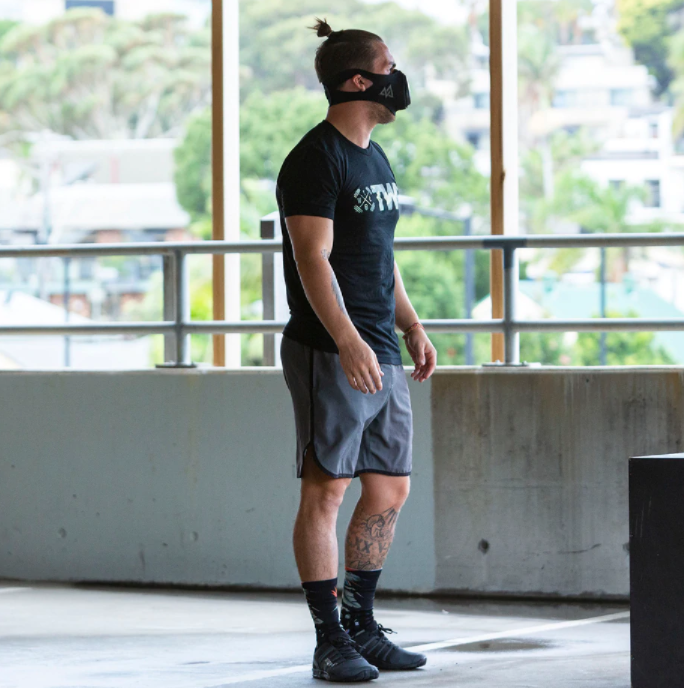
Training masks are designed to allow less oxygen to flow through, meaning you’re going to have a harder time breathing and catching your breath. As you train with this mask on, your body has no choice but to adjust to the reduced oxygen intake. Your heart and lungs will have to work harder.
The real magic lies in what happens when you take the mask off.
What are the Benefits of Altitude Masks for Running?
Because with the mask, your body has to adapt to working harder, when you remove it and have more oxygen again, you essentially get a big boost.
The most noticeable benefit might be improved aerobic capacity. Considering the way altitude masks work, they’re supposed to help you achieve your maximal oxygen intake, also called your VO2 max. This means that when you remove the mask and train without it, you shouldn’t get anywhere near that max, meaning you can train longer and harder. Sure enough, some research suggests that training masks can help improve your VO2 max.
In a nutshell, altitude masks increase the difficulty of your runs. Running a mile with a mask on is going to be considerably more challenging than doing so without the mask. However, when you then run that same mile without it, you should experience improved endurance and speed.
How Should You Use a Training Mask for Running?
Because we’re talking about reducing your oxygen intake, you should approach altitude masks for running with caution! If you’re at all uncertain that this is a wise approach for you, speak with your doctor first. Otherwise, move forward with these tips and considerations in mind:
- Be sure you’re wearing the mask properly. It should be snug over your nose and mouth.
- Play with the valves, if your mask allows that. Start with something only slightly different from your current elevation, so you don’t shock your body too much.
- On a similar note, take it slowly! Don’t throw a mask on and go tackle your workout like you normally would. Start by wearing the mask around your house for short periods of time. Gradually introduce it into your training.
- Listen to your body. If you start feeling lightheaded or dizzy, remove the mask immediately and take a break.
Can You Use an Altitude Mask for Other Types of Training?
What if running isn’t on your agenda much? Since the goal is simply to put your body under additional stress, you could technically wear an altitude mask for just about anything. Cyclists will sometimes wear them, in addition to functional fitness athletes and even weightlifters. Whatever sport or activity you may use it for, be sure to follow the guidelines above. Safety should always come first!
Aside from the physical benefits, there’s also a mental benefit to consider. An altitude mask is going to push you harder, meaning you’re likelier to enter the infamous “pain cave.” Working through this discomfort requires mental strength as much as physical strength. Learning how to literally breathe through it is going to teach you how to better manage those workouts that really push you to the edge.
Ready to try it out for yourself? Check out the Training Mask 3.0 and kick the intensity of your workouts up a notch.

